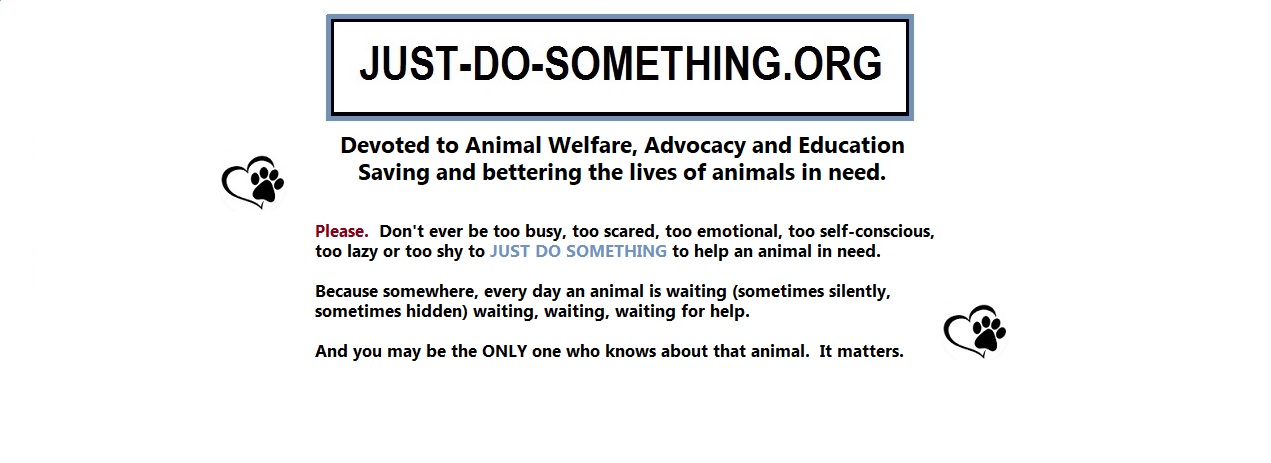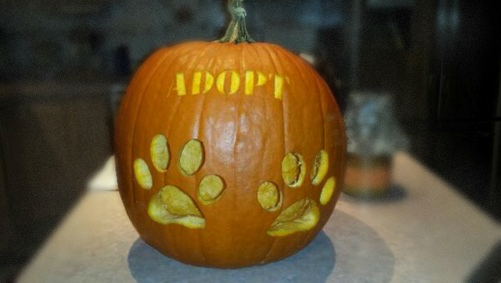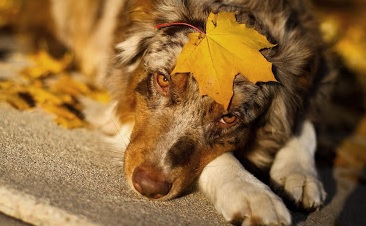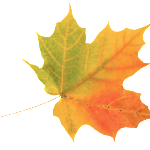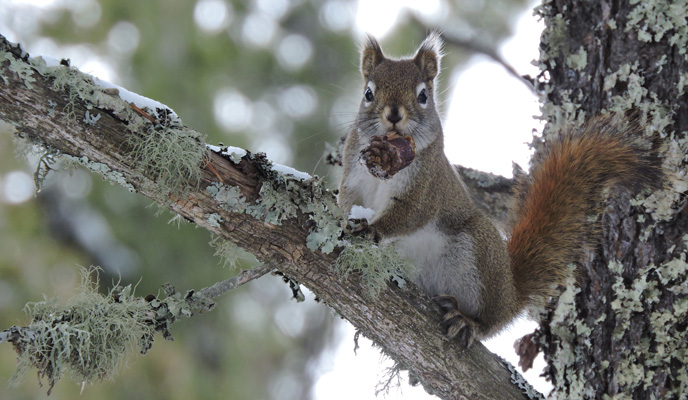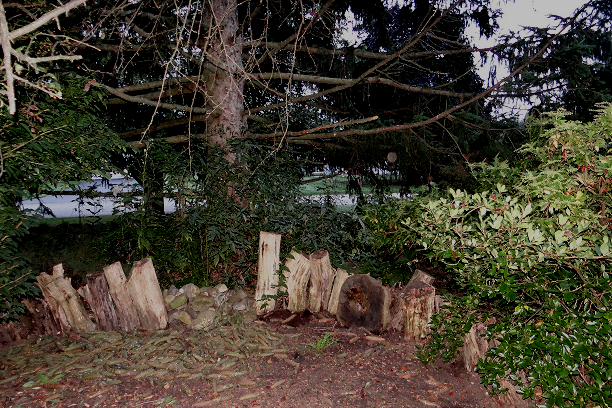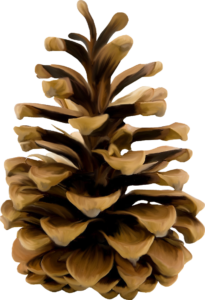Safety Shouldn’t Be Scary for Halloween (From Janet)
Many people don’t like Halloween, but for those who do, and celebrate it – let’s revisit some simple common sense tips to help ensure that animals are out of harm’s way.
- There are nasty people every where. It’s unfortunate that we even feel the need to mention it. But just like predators who prey on children, there are those that prey on animals. Many predators don’t need a specific occasion to abuse an animal, but there are those that ramp up their nastiness on events just like Halloween, and the night before. Be wary of strangers, never leave your pet alone with someone you do not know or trust, and if something looks wrong, it probably is, so keep alert in the event that you can help ANY animal in trouble.
- Do you keep your pet outside 24/7? First, tethering or confining an animal outdoors in the same place, every day is misery for the majority of animals, who are pack-oriented. Re-think your motives for wanting to keep your family pet outside every day. With that said, always go the extra step for your outside pet during bad weather, and holiday events.
- It’s 10 PM, do you know where your pet is? ID tags and a safe collar are always good practice, but even more so during times when your pet is apt to get spooked, shy, scared, anxious, upset and/or excited. And, Halloween is definitely a time when your pet can be more prone to getting spooked, shy, scared, anxious, upset and/or excited.
- Hide the candy. Check for candy that may have been dropped while handing it out, or that trick-or-treaters may lose in your yard. Did you know? Chocolate in all forms – especially dark or baking chocolate – can be dangerous, even lethal for dogs. Symptoms of chocolate poisoning may include vomiting, diarrhea, rapid breathing, increased heart rate, and seizures. Candies containing the artificial sweetener xylitol can also be poisonous to dogs. Even small amounts of xylitol can cause a sudden drop in blood sugar and subsequent loss of coordination and seizures. Tin foil and cellophane wrappers are dangerous if ingested. If you do suspect your pet has ingested something toxic, please call your veterinarian or the ASPCA Animal Poison Control Center at (888) 426-4435. Candy is always better locked up where animals aren’t tempted and they can’t reach it.
- Go easy on the pumpkins! Popular Halloween plants such as pumpkins and decorative corn are relatively nontoxic, but they can produce gastrointestinal upset or even intestinal blockage in pets who nibble on them.
- Do you like to costume-up your pet for Halloween? If you are planning on dressing up your pet, don’t just show up on Halloween and drop your pet into his/her new garb. Buy early, let your pet investigate it, and try it on a few times first. Costumes should be be restrictive or too warm. Some animals won’t potty if they are wearing something strange. Limit the amount of time your pet is in his/her costume, and make sure s/he can’t chew off any costume pieces. NEVER let your pet out of your sight if s/he is in a costume. And, certainly, if your pet definitely does not like the idea of wearing part or all of his/her costume, take it off! After all, pet costumes are for the HUMAN element of Halloween; no animal should be uncomfortable for ANY reason at the cost of entertaining a human.
- What are YOU wearing? Make sure your pet knows who YOU are underneath all that glitter and make-up, and never tease ANY animal if you are wearing a costume. That’s just plain not nice. Speak up if you see someone scaring an animal in costume.
- Are you taking your pet(s) to a Halloween event? Keep in mind how stressful that can be, even if s/he is with their owner. Although a lively event is fun for YOU, many times, especially times when others will be in costumes (and therefore not looking like a standard human being), these types of events can do a stressful and unpleasant number on your pet.
- Are you having people over for a Halloween event, or is that doorbell going to ring all night? Better to keep your pet away from the in-house fun, and instead create a safe and quieter place where your pet hang (with access to water and toys of course) and that you can easily and routinely check up on him/her.
- No candles or anything burning around your pet! End of story. Period. Just don’t.
- Is your Halloween going to be glowing? Glow sticks are great to keep little ones in the light while trick-or-treating, but some are toxic. If you use them, lose them after Halloween is over, and keep them in a secure place.
- How many Halloween lights do you need? Wires and cords from electric lights and other decorations should also be kept out of reach of your pets. If chewed, your dogs might suffer cuts or burns, or receive a possibly life-threatening electrical shock.
- Don’t forget your smaller critters! Smaller pets should be given every consideration when necessary, so don’t forget them as you plan for holidays and special events.
Anyone can get caught up in the excitement of a party, event, or holiday. No harm in that. But when YOUR enjoyment or overindulgence leads to stress, neglect, or harm of ANY animal, then it’s time to rethink your actions and plans. Ultimately, it is YOUR responsibility to, well, BE responsible for your own pet, and to keep your eyes open if you see something happening to another animal that needs attention.
Remember, YOU are their voice and their protector!
This Halloween, have FUN, be SAFE, make your choices and options RESPONSIBLE ones, and certainly, if you have any other tips to make this coming Halloween weekend a better one for animals, send it our way and we will share it.
Happy, Safe Halloween!
